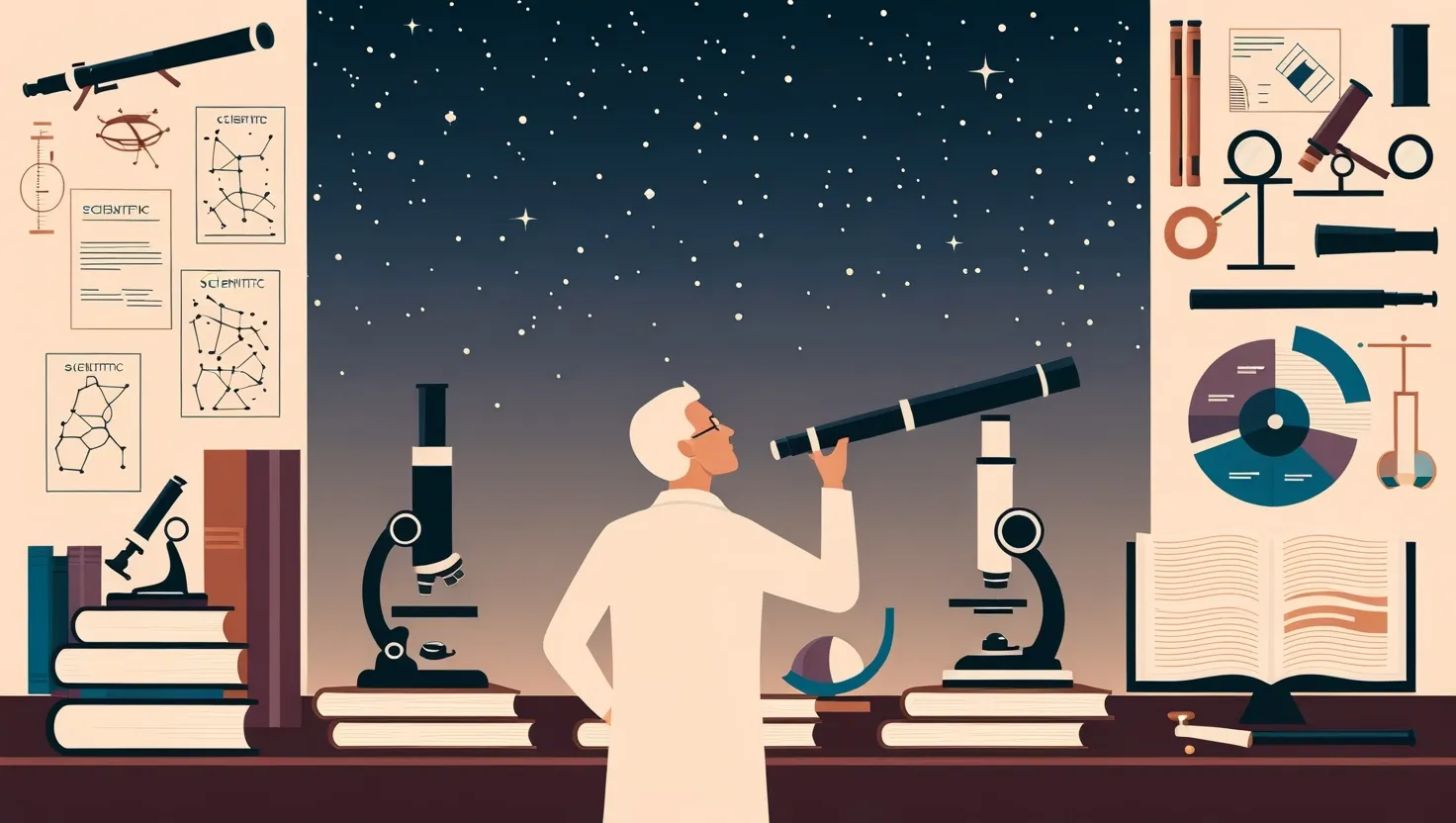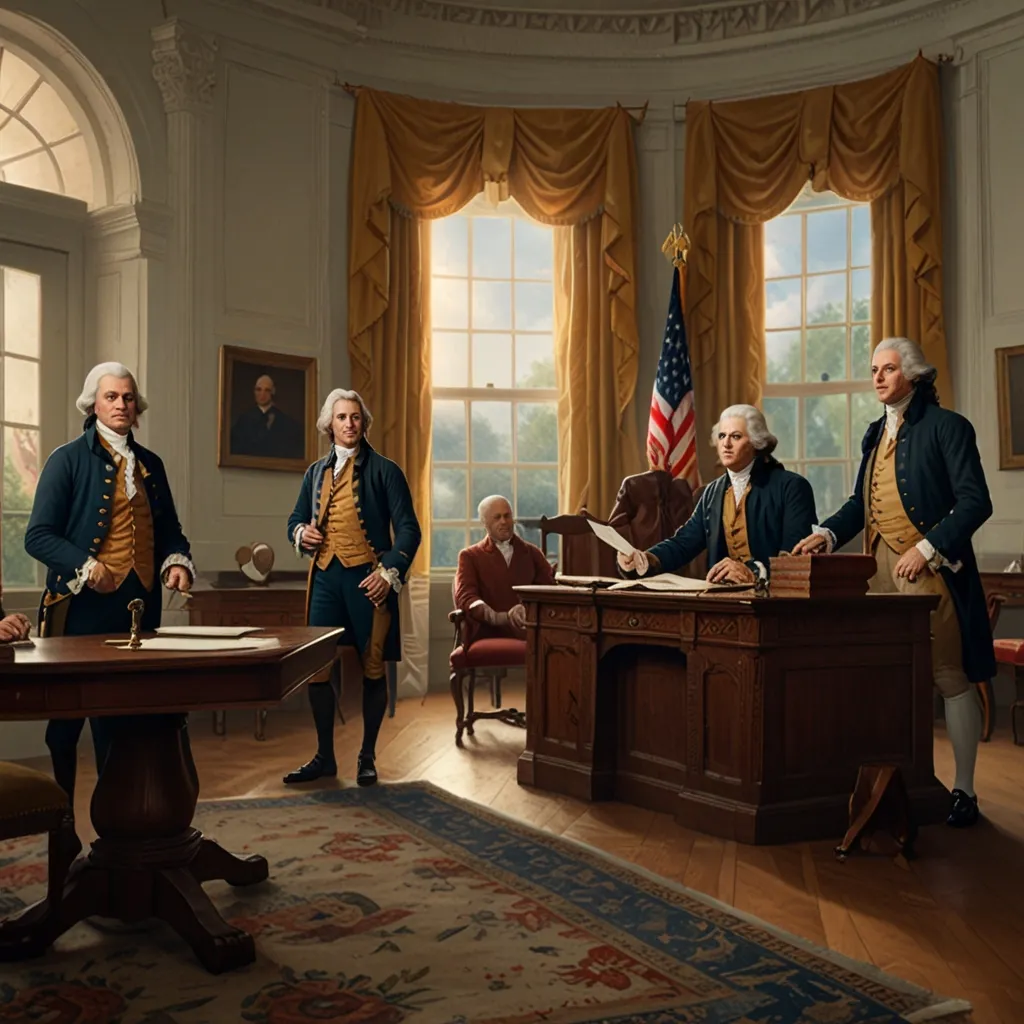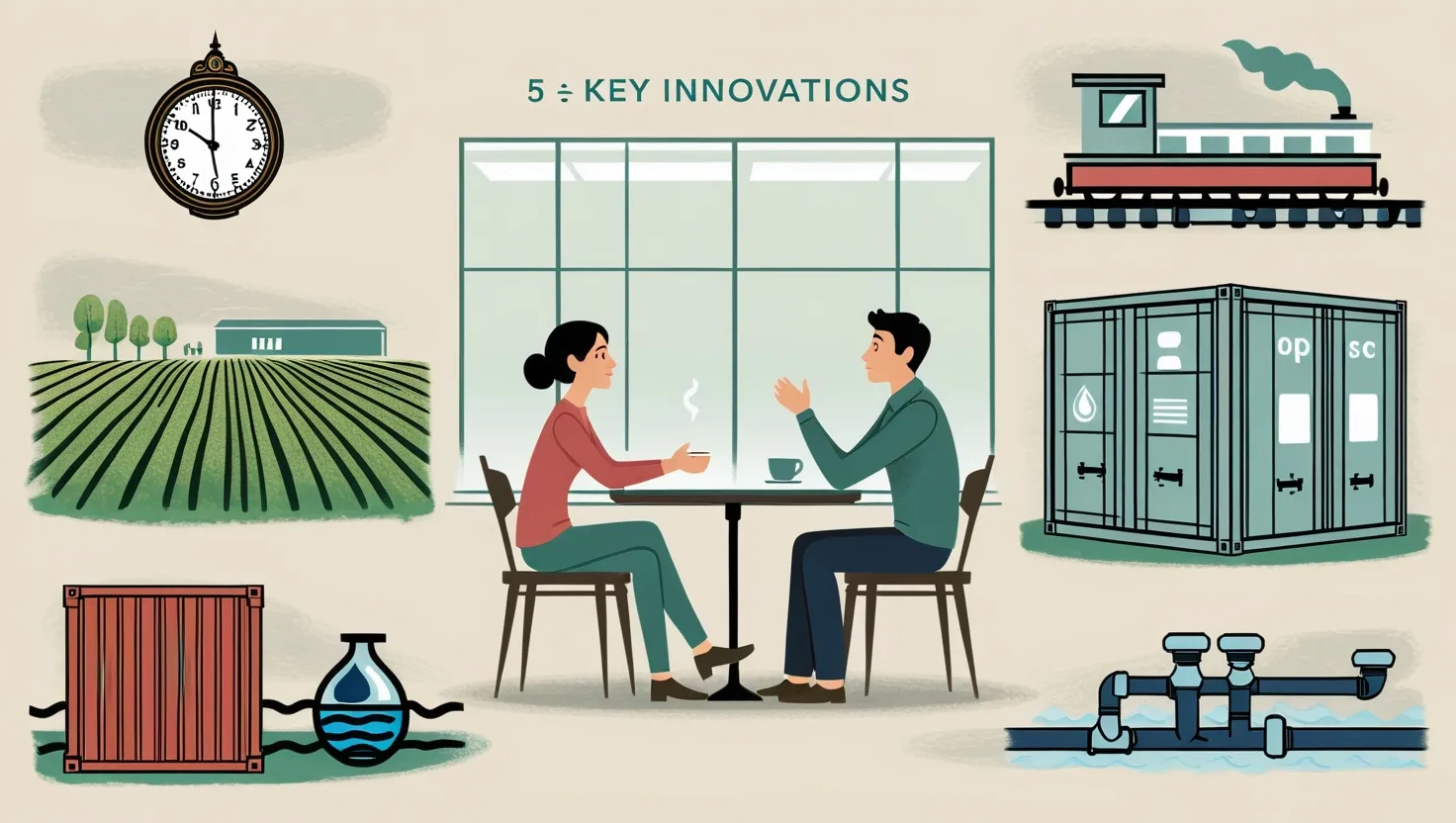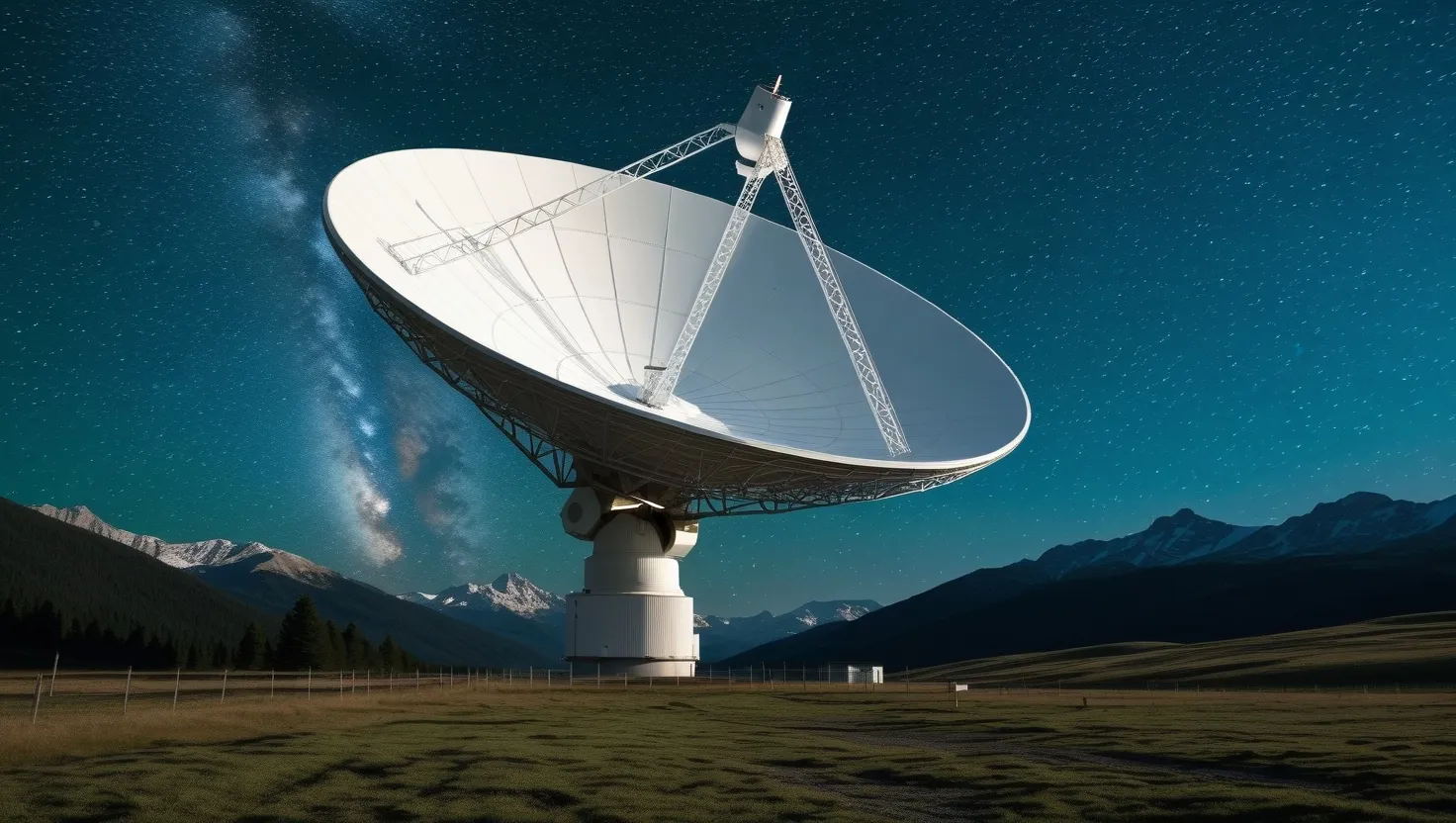Let’s take a walk through the stories behind five scientific breakthroughs that didn’t just add a few pages to textbooks—they rewrote our understanding of reality. What if Copernicus had never looked up? Would Newton have pondered that apple’s fall if things had been different? These are not just dry facts—they’re turning points in the human story, full of personalities, accidents, and consequences no one saw coming.
If you’re picturing a lone genius under a flickering candle, think again. Most of these leaps forward were messy, contested, and often accidental. They unsettled comfortable worldviews, sometimes at great personal cost to those who dared to suggest them. So let’s not just list them—let’s see them through the eyes of their times, spot the surprising details, and ask: how would we react if our own certainties were upended today?
Here’s a moment to pause and ask yourself: what would it take for you to accept that everything you know about the world is, in some important way, wrong?
The Earth Moves—Copernican Heliocentrism
It’s easy to forget how earth-shattering it was when Copernicus suggested that the Earth orbits the Sun, not the other way around. Imagine living in a world where every authority—religious, scholarly, common sense—told you that the Sun, Moon, and stars circled you. Then someone comes along and says, no, we’re just another planet, spinning and speeding through space. The shock wasn’t just astronomical. It was existential.
Copernicus’s big idea waited decades to be published, and even then, it faced fierce resistance. The Church, universities, even most astronomers preferred the old system. But gradually, the evidence won out. Tycho Brahe’s precise observations, Johannes Kepler’s laws of planetary motion, and Galileo’s telescope all chipped away at the old order. And once people accepted that Earth wasn’t the center, it opened the door to a bigger idea: maybe we’re not special at all.
Have you ever wondered how a single idea can change how a whole society sees itself? The Copernican revolution didn’t just change astronomy—it made people question authority, tradition, and the very notion of truth.
“The sun, with all those planets revolving around it and depending on it, can still ripen a bunch of grapes as if it had nothing else in the universe to do.”
— Galileo Galilei
Newton’s Laws: The Rules of the Game
Isaac Newton is often shown as a solitary genius, but his work was built on centuries of slow, patient progress. When he published his laws of motion and universal gravitation, it wasn’t just a new theory—it was a new way of thinking. For the first time, the same math could describe a falling apple and the moon’s orbit. The universe, it turned out, played by rules.
What’s less well known is that Newton’s “Principia” was nearly never written. He was famously reluctant to publish, and it took a persistent colleague, Edmond Halley, to push him. Once it was out, the impact was immediate. Suddenly, scientists and engineers could predict, plan, and build with a confidence never before possible. Ships could sail more precisely, buildings could be stronger, and centuries later, rockets could reach the moon.
But Newton’s legacy runs deeper than equations. His laws codified a faith in order and reason that shaped the Enlightenment. If the universe was rational, maybe society could be too. The idea that nature follows laws—not whims—was revolutionary.
If you could travel back and tell Newton about smartphones and space stations, what do you think he’d make of them?
Darwin’s Dangerous Idea
We all know that Darwin proposed evolution by natural selection. But how many of us realize just how strange and unsettling his idea was at the time? The notion that all life is connected, that humans share ancestors with apes and worms and trees, was not just scientifically radical—it was socially scandalous. Darwin knew it would be controversial, so he waited more than twenty years to publish.
What’s often overlooked is how much Darwin relied on the work of others. He corresponded with pigeon breeders, studied fossils, and read widely in geology and natural history. The breakthrough wasn’t a single eureka moment but a slow accumulation of evidence. And when it finally appeared, “On the Origin of Species” sparked debates that still echo today.
Think about this: in Darwin’s time, most people believed species were fixed and unchanging. To suggest otherwise was to question the very order of creation. Yet, within a few decades, the evidence became overwhelming. Fossils, genetics, and later, molecular biology all confirmed Darwin’s insight. Today, evolution is the foundation of biology, medicine, and conservation.
If you could ask Darwin one question about the state of modern biology, what would it be?
“It is not the strongest of the species that survives, nor the most intelligent, but the one most responsive to change.”
— Charles Darwin
Germ Theory: Tiny Invaders, Big Changes
Before the 1860s, disease was a mysterious force. People blamed bad air, moral failings, or divine punishment. Then Louis Pasteur and Robert Koch showed that tiny organisms—bacteria—could cause disease. This wasn’t just a medical discovery. It was a cultural earthquake.
Pasteur’s experiments disproved the idea of spontaneous generation, the belief that life could arise from nonliving matter. He showed that microbes were everywhere, causing both fermentation and infection. Suddenly, cleanliness became a matter of life and death. Surgeons began to sterilize instruments. Cities built sewer systems. Public health campaigns fought cholera, typhoid, and tuberculosis.
But acceptance wasn’t instant. Doctors who still clung to old theories scoffed. Mothers who had never heard of bacteria continued traditional practices. It took decades for germ theory to reshape everyday life. Yet its impact is all around you—in your vaccine schedule, the food in your fridge, even the tap water you drink. The world before Pasteur was, in many ways, a much riskier place.
Have you ever stopped to appreciate how much you trust unseen microbes to behave predictably?
Quantum Mechanics: The Rules Change Again
If you think Copernicus’s ideas were unsettling, wait until you hear about quantum mechanics. At the turn of the 20th century, physicists discovered that the atomic world doesn’t follow the same rules as the world we see. Particles can be in two places at once. They can act like waves or particles, depending on how you look. Probability replaces certainty.
This was so strange that even Einstein struggled to accept it, famously saying, “God does not play dice with the universe.” Yet experiment after experiment confirmed the quantum view. And with it came technologies that now seem ordinary—transistors, lasers, MRI machines—all built on these weird, uncertain rules.
What’s less known is how personal the debates were. Einstein and Bohr, two of history’s greatest physicists, argued for years about what quantum mechanics meant for reality. Bohr insisted that reality only makes sense in the context of observation. Einstein thought there must be deeper, hidden truths. Their disagreement wasn’t just technical—it was philosophical, even spiritual.
Today, quantum mechanics is essential for everything from internet encryption to medical imaging. Yet its greatest puzzle—what does it all mean?—remains open.
If you could ask one of those early quantum physicists a single question, what would it be?
The Pattern of Breakthroughs
These five stories share a pattern. They all emerged from curiosity and doubt, not from complacency. They all faced resistance—not just from the public, but from fellow scientists. And they all changed not just what we know, but how we know it.
Each breakthrough forced people to let go of comfortable stories and accept a world that was more complex, less certain, and often less flattering to human vanity. The Earth wasn’t the center. Humans weren’t specially created. Disease wasn’t divine punishment. Even physical laws, it turned out, had strange exceptions.
But there’s another lesson here. Science doesn’t progress in straight lines. It’s messy, human, and sometimes accidental. The most important ideas are often the hardest to see—not because they’re buried in equations, but because they challenge what we want to believe.
So next time you hear about a new discovery that turns conventional wisdom on its head, ask yourself: is this the start of another Copernican moment? Or a Newtonian leap? Or are we, once again, standing on the shoulders of giants, peering into the unknown?
If you’ve ever found yourself resisting a new idea, remember: the past’s greatest breakthroughs were also its most uncomfortable. The real test is not how quickly we accept, but how honestly we question.
“The most exciting phrase to hear in science, the one that heralds new discoveries, is not ‘Eureka!’ but ‘That’s funny…’”
— Isaac Asimov
As you look around your world today—your phone, your medicine, even your food—you’re seeing the legacy of people who dared to ask, “What if we’re wrong?” Their courage ripples through time, inviting each of us to look again, to question, and to wonder.






